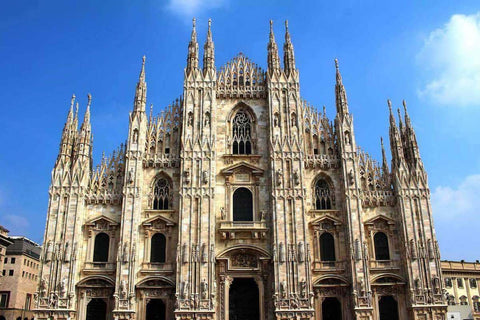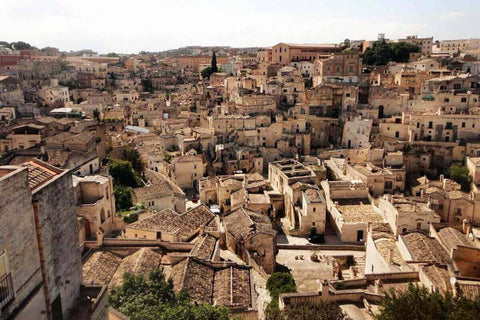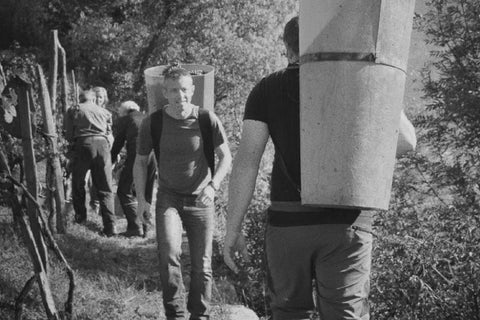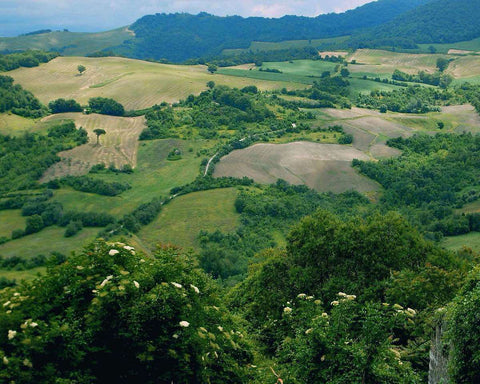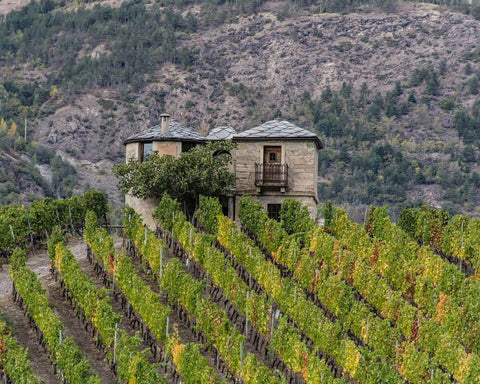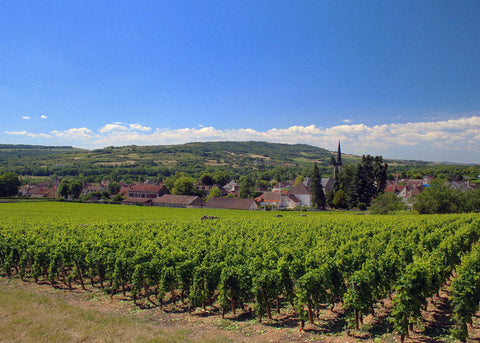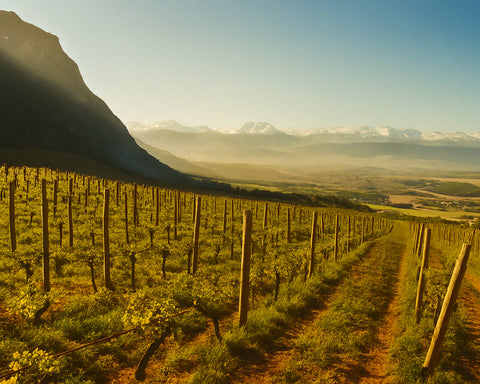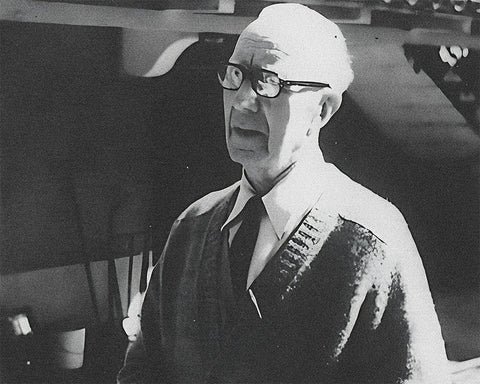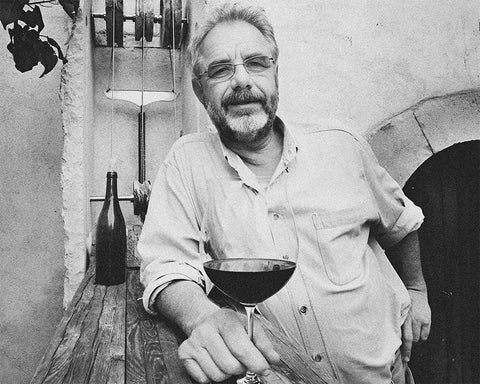Lombardy, located in northern Italy, is renowned for its economic prowess, cultural heritage, and diverse landscape. Encompassing the Alps, fertile plains, and bustling cities, Lombardy is a mosaic of tradition and modernity. This essay delves into the history, geography, wines, and cuisine of Lombardy.
Table of Contents
History of Lombardy
Lombardy's history dates back to pre-Roman times, with early settlements by Celtic tribes. The region's name derives from the Lombards, a Germanic people who ruled it in the early Middle Ages. The region flourished under the Roman Empire, becoming a center of trade and culture.
During the Middle Ages, Lombardy's cities, such as Milan, became economic and political hubs. The region played a crucial role in the Renaissance, contributing significantly to art, science, and literature. In the 19th century, Lombardy became a pivotal area in the unification of Italy.
Geography of Lombardy
Lombardy's diverse geography includes the Alps to the north, the fertile Po Valley, and numerous lakes, including Lake Como and Lake Garda. The region's varied terrain supports a rich biodiversity and a wide range of agricultural activities.
The region's soil composition is equally diverse, with glacial deposits in the north and alluvial plains in the south. This variation supports cultivating numerous crops and vineyards, contributing to Lombardy's agricultural richness.
Wines of Lombardy
Lombardy is celebrated for its diverse wine production, with notable regions including Franciacorta, Valtellina, and Oltrepò Pavese.
Franciacorta: Known for its sparkling wines made using the traditional method. These wines are often compared to Champagne for their quality and complexity.
Valtellina: Produces red wines primarily from the Nebbiolo grape, known locally as Chiavennasca. The wines are robust and age-worthy, with distinct mineral notes from the region's terroir.
Oltrepò Pavese: Famous for its Pinot Noir and sparkling wines, this area produces a range of styles from light and fresh to rich and complex.
Cuisine of Lombardy
Lombardy's cuisine reflects its rich agricultural heritage and diverse landscape. The region is known for its hearty, comforting dishes and high-quality ingredients.
Risotto: Lombardy is famed for its risotto, particularly Risotto alla Milanese, which is flavored with saffron.
Polenta: A staple dish made from cornmeal, often served with meat, cheese, or vegetables.
Ossobuco: A classic Milanese dish of braised veal shanks cooked with vegetables and white wine, typically served with risotto.
Cotoletta alla Milanese: A breaded and fried veal cutlet, similar to Wiener Schnitzel, reflecting the region's historical connections with Austria.
Pizzoccheri: A buckwheat pasta dish from Valtellina, typically cooked with potatoes, cabbage, and cheese.
Lombard Antipasti
In Lombardy, a meal often starts with a selection of antipasti, showcasing the region's flavors. These might include:
- Bresaola: Air-dried, salted beef, typically served with arugula and Parmesan.
- Salumi: A variety of cured meats, often accompanied by local cheeses.
- Insalata di nervetti: A beef tendon, onions, and vinegar salad.
- Polenta e gorgonzola: Creamy polenta topped with melted gorgonzola cheese.
Lombard Primi Piatti (First Courses)
The first course in a Lombard meal often features pasta, risotto, or hearty soups, such as:
- Risotto alla Milanese: A saffron-flavored risotto, often served with ossobuco.
- Pizzoccheri: Buckwheat pasta with potatoes, cabbage, and cheese from Valtellina.
- Trippa alla Milanese: A traditional tripe stew with tomatoes and Parmesan.
- Minestrone: A vegetable soup with seasonal ingredients and pasta or rice.
Lombard Secondi (Second Courses)
Lombardy's second courses often highlight high-quality meats and robust flavors, such as:
- Ossobuco: Braised veal shanks served with gremolata and risotto.
- Cotoletta alla Milanese: Breaded and fried veal cutlet, served with lemon.
- Polenta e brasato: Polenta served with braised beef or pork.
- Bollito misto: A mix of boiled meats served with various sauces.
Lombard Contorni (Side Dishes)
Lombard cuisine features a variety of vegetable side dishes, including:
- Verza stufata: Stewed cabbage with pancetta and tomatoes.
- Patate al forno: Roasted potatoes with rosemary and garlic.
- Fagiolini all'olio: Green beans dressed with olive oil and lemon.
Lombard Formaggi (Cheeses)
Lombardy produces some of Italy's most famous cheeses, often enjoyed as part of a cheese course:
- Gorgonzola: A creamy blue cheese available in both mild and spicy varieties.
- Taleggio: A soft, washed-rind cheese with a tangy flavor.
- Grana Padano: A hard, granular cheese similar to Parmesan.
- Bitto: A hard cheese from the Valtellina valleys, aged up to 10 years.
Lombard Dolci (Desserts)
Lombard desserts often feature rich flavors and local ingredients, such as:
- Panettone: A traditional Christmas cake with dried fruits and candied citrus peel.
- Torrone: A nougat with honey, sugar, egg whites, and toasted nuts.
- Amaretti: Crunchy almond cookies, often flavored with apricot kernels.
- Sbrisolona: A crumbly almond cake from Mantua, typically served with grappa.
